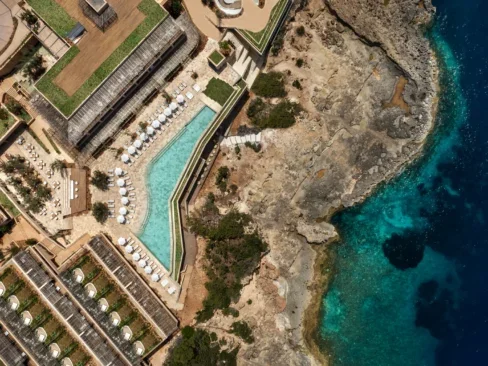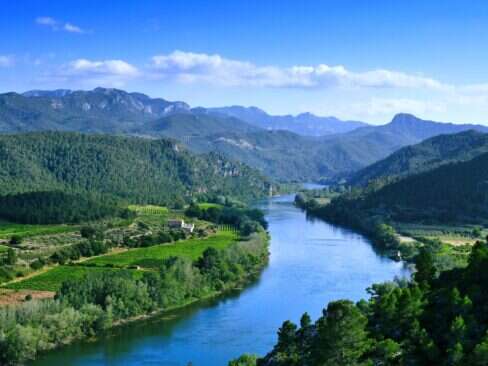In the field of travel, there is no better way to truly experience a country than by hitting the open road. From finding hidden gems, meeting the locals, discovering the rarely trodden path and sampling exceptional cuisine that’s unique to a specific small region, a road trip can reveal the hidden side of a nation.
Spanning almost 200,000 square miles, if Spain’s main landmass were to be placed atop the continental United States, it would stretch from New York to Indianapolis and down to Charlotte and Atlanta, so there is plenty of room for a good old-fashioned road trip.
When travelers venture to Spain, many make a beeline straight to the cultural capitals of Madrid, Barcelona, Bilbao and Seville, who can blame them, each distinctive in its own right, these cities are truly bucket list destinations. However, they also pose as excellent starting points for road trips that visit the lesser explored areas of Spain.

Situated in the east and west of Spain, two particular routes spring to mind when we consider a Spanish road trip. The first is the Silver Trail, a point-to-point that leads travelers from Seville in southeast Spain up its western border with Portugal and finishes on the north coast in Gijón. The second is a circular romp around the region of Catalonia known as the Grand Tour of Catalonia. Focusing on this specific region of Spain allows visitors to immerse themselves in the Catalan way of life.
Before we head off on a journey of discovery and discuss these two routes, it’s important to remember that neither is set in stone, each merely poses an example of a trip that could be undertaken. The beauty of a road trip is that you’re behind the wheel. If you’re passing through a town or village, call in for a coffee, check out the local markets. The world, or rather Spain, is your oyster.
[See also: An Ernest Hemingway Guide to Spain]
Silver Route
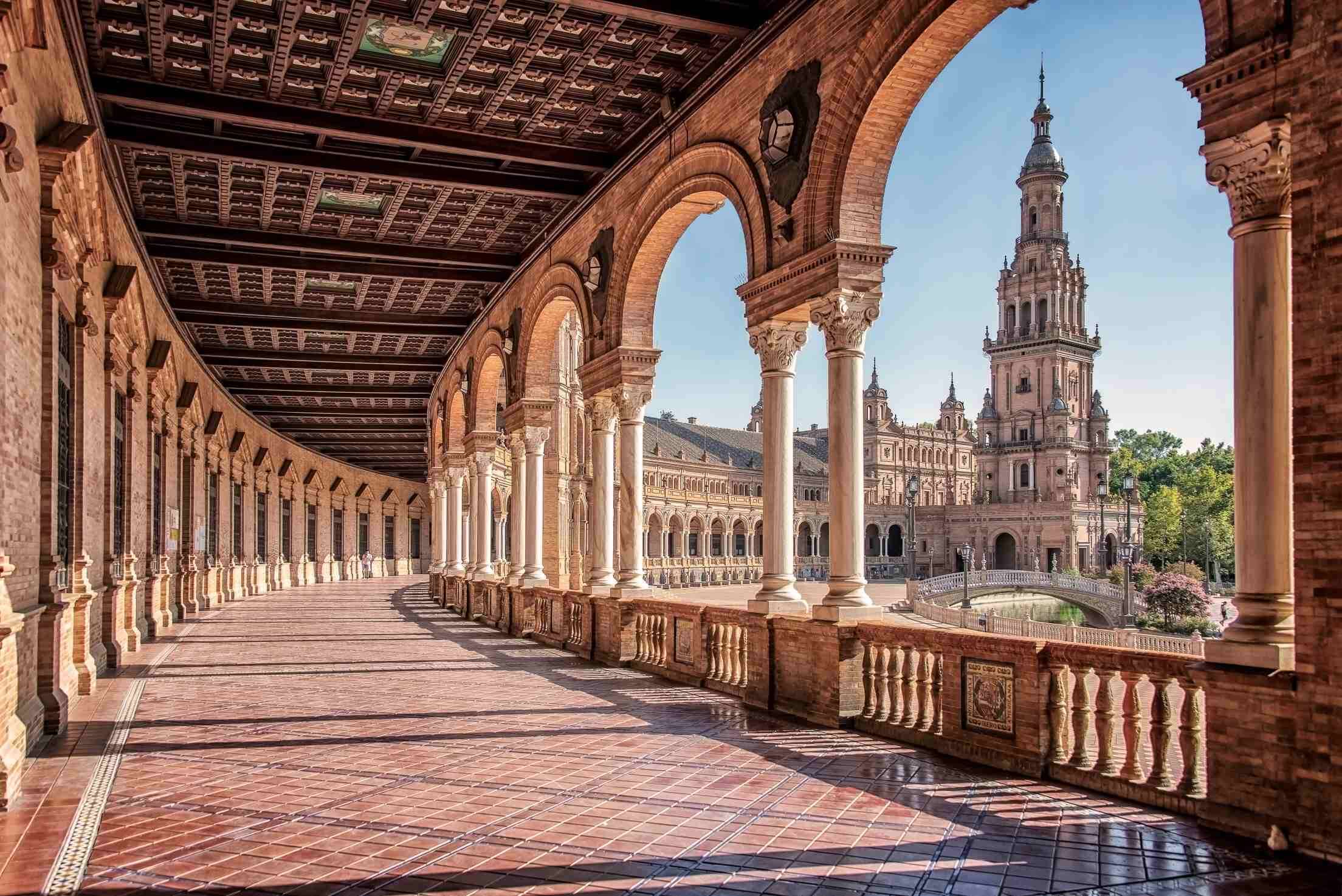
Aside from the capital of Madrid, it’s Spain’s coastal cities that get the most attention. However, this exciting route from Seville to the north coast takes travelers deep into the Spanish interior. Here cities are beset with history, due to the countless groups to have called this region home, from Romans to Moors and the modern Spaniards of today.
One of Spain’s major arteries since antiquity, the Silver Route was first built by the Romans and connects many of the grand cities that line Spain’s west. The Silver Route is well suited for those looking to soak up some of the diversity that is integral to Spanish culture, passing through the regions of Andalusia, Extremadura, Asturias and Castilla y León. By taking this route, travelers follow the footsteps of the farmers, merchants and legions that walked this path thousands of years ago.
Passing through 29 separate municipalities and traveling around 500 miles, it’s recommended to set aside at least seven days for this excursion, however over ten days would give you time to soak in the atmosphere and stay longer in locations you enjoy.
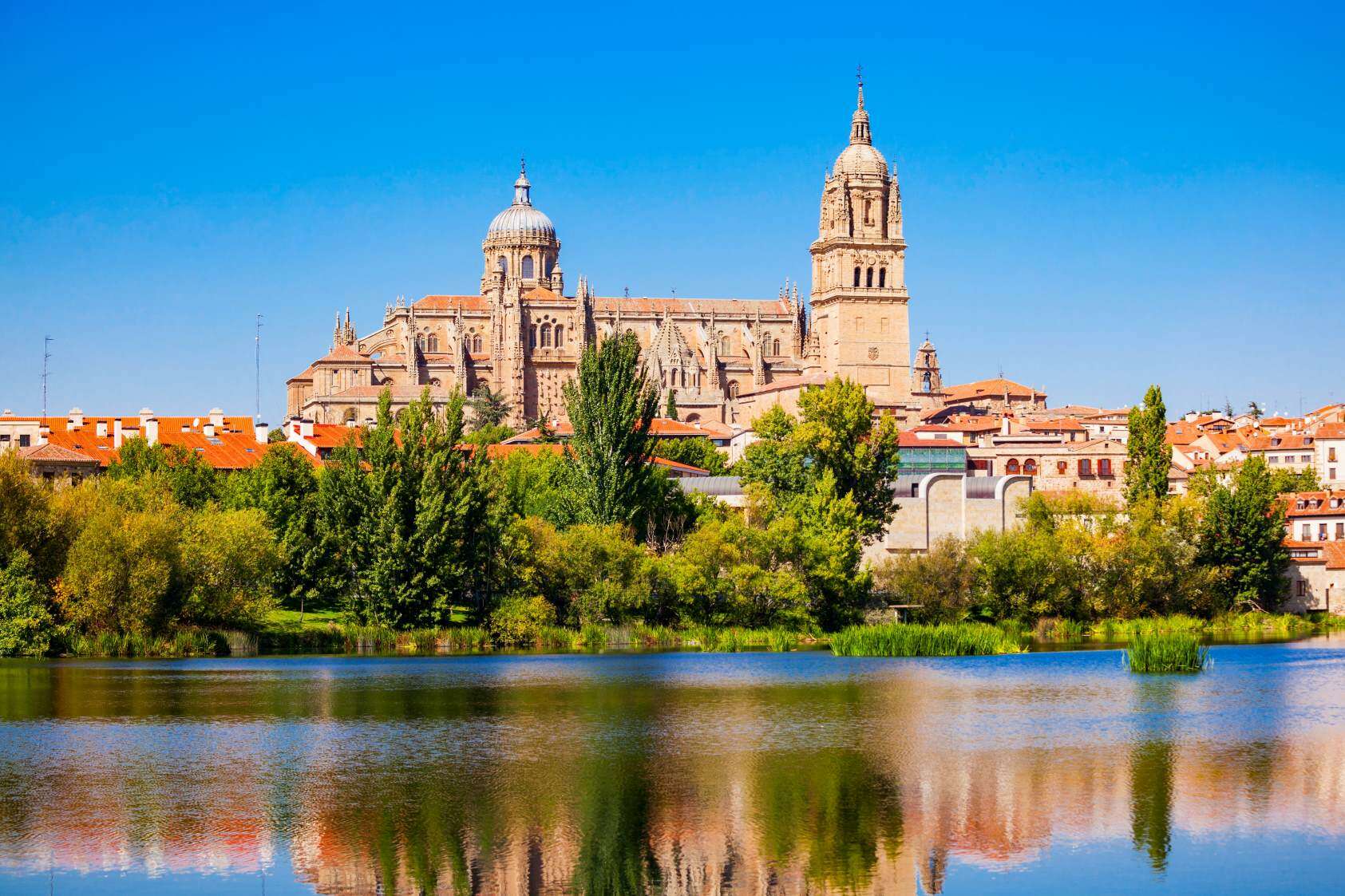
Beginning in Seville and heading north past the ruins of the Roman city of Italica towards Zafra (home to an impressive 15th-century fortress) and Almendralejo before continuing on to Mérida, once described as the Rome of Spain. Approaching the north of Spain, road trippers will head into the cultural bastion that is the city of Salamanca, ascribed by Unesco as a World Heritage Site.
The final days of this journey are spent alongside lakes and rivers heading from Zamora towards Astorga and León. Entering the region of Asturias, a major stop is the city of Oviedo, a medieval haven close to Spain’s north coast, before heading to the final destination of Gijón.
The Silver Route benefits greatly as a point-to-point road trip, with visitors witnessing new cities and sites every day as they head north. Ticking off countless spots that may have otherwise fallen under the radar, this exciting road trip marks a novel way to explore the lesser-known side of Spain.
[See also: The Best Surfing Beaches in Spain]
Grand Tour of Catalonia
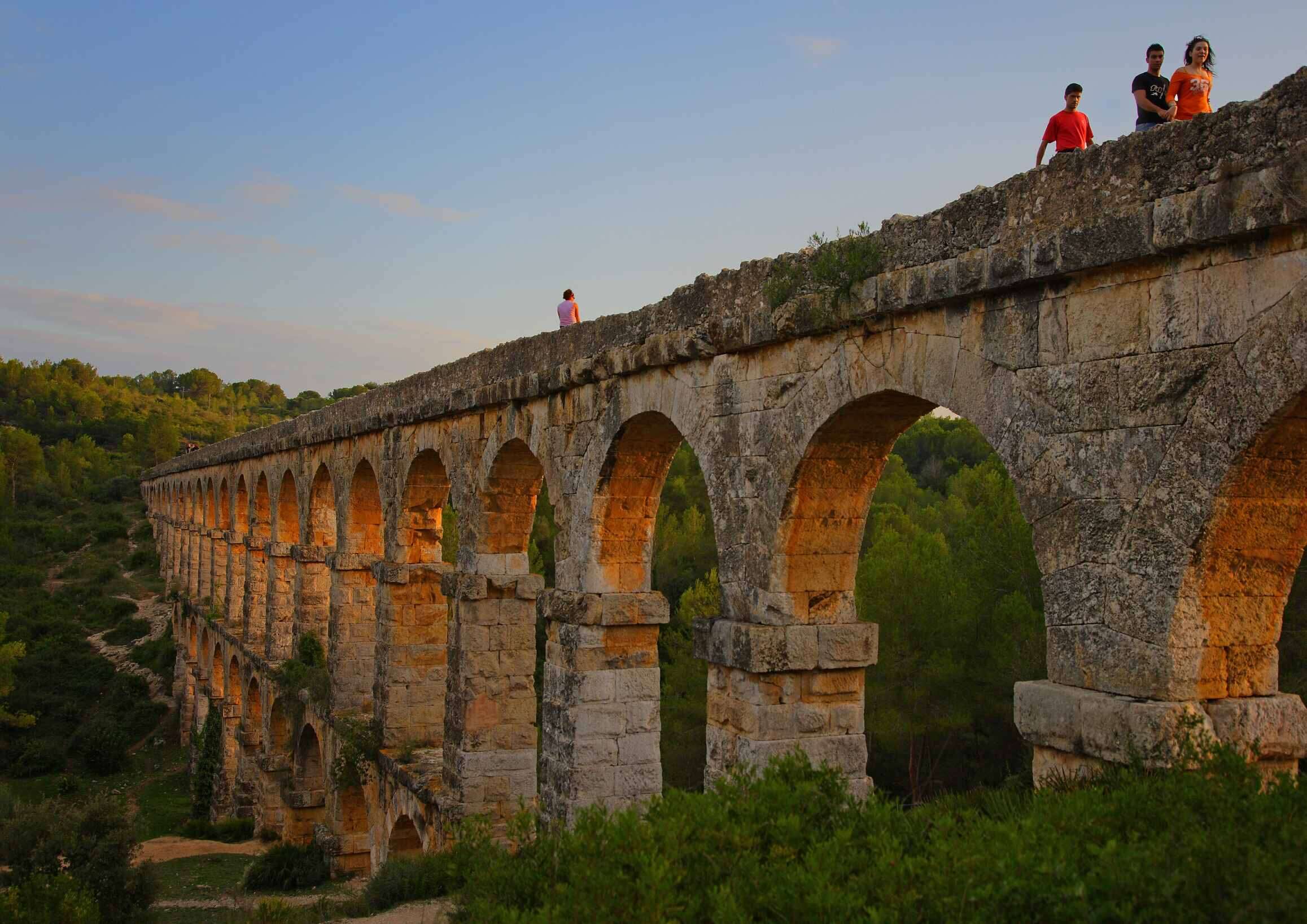
Shooting across the Iberian peninsula to the northeast coast and border with France, travelers will arrive in Catalonia. Likely entering the center of Catalan culture Barcelona, this city is hugely popular with tourists worldwide, and for good reason. Home to architect and designer Antoni Gaudí’s most iconic work, this city is a dream for lovers of modernism.
Of course, Barcelona is a must, but for this road trip, let’s focus on some of the other less visited spots. After a day or two in Barcelona, head out to the mountain of Montserrat, where you can visit the sanctuary of La Moreneta and a museum with works from both Pablo Picasso and Salvador Dalí. Back towards the coast, the twin cities of Reus and Tarragona feature both Roman and modernist architecture in addition to a strong wine heritage.
If you are looking for wine, head for the vine-growing territory of Priorat. Here the roads run alongside vineyards and the Prades mountains.
[See also: The Best Eco-Friendly Hotels in Spain]
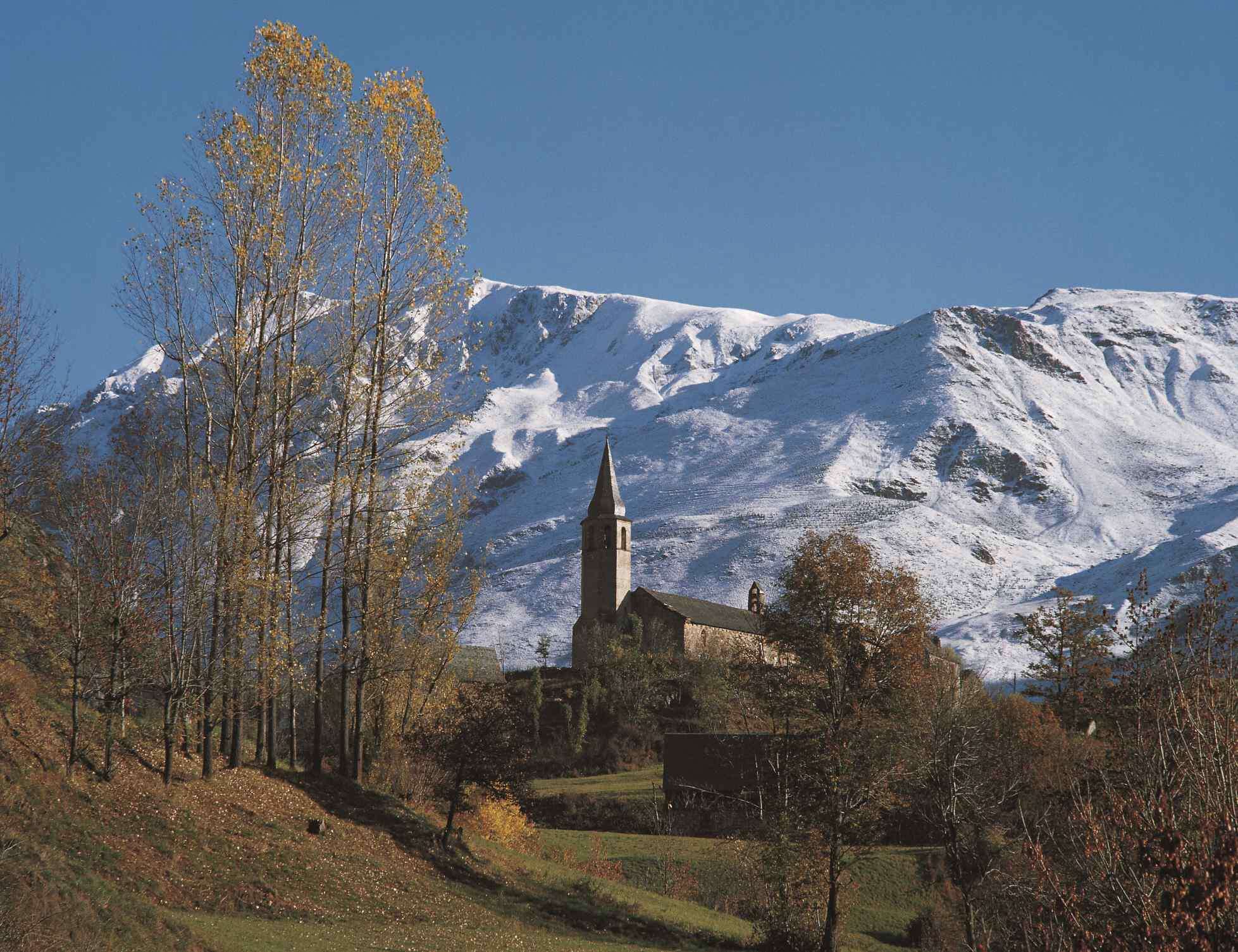
Much further north, the Val d’Aran is a must-see. In this region on the border with France you will discover dramatic vistas by the dozen. This land has been carved out over the millennia and is now beset with waterfalls, rivers and forests, making it a hiker’s paradise.
Finally heading east from the Val d’Aran, you will arrive in Dalí’s birthplace, the city of Figueres. The surrounding landscapes are thought to have inspired much of his work, so a visit is an unmissable opportunity to step into the mind of a genius. The Dalí Theater Museum contains some of his most famous work. As it was designed by Dalí, it’s surrealist artwork in its own right.
[See also: Earth Day: The Luxury Hotels and Resorts Going Green]







